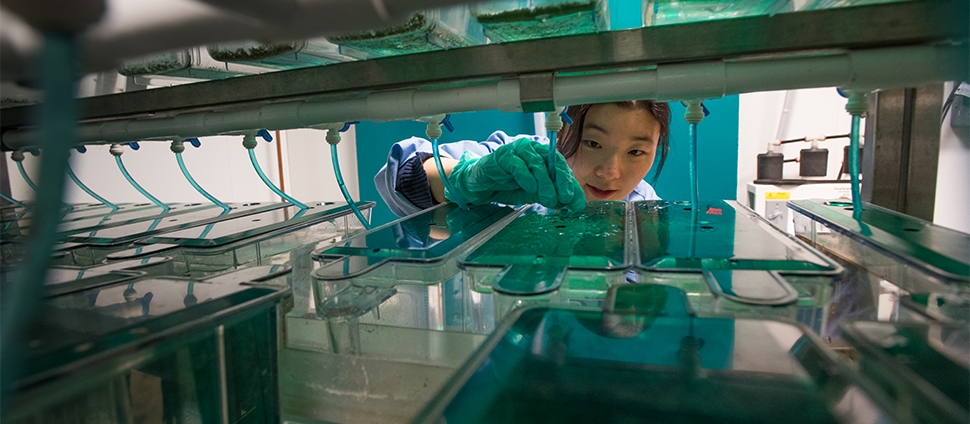Document Type
Article
Publication Date
4-29-2021
Publication Title
Nature
Abstract
High-quality and complete reference genome assemblies are fundamental for the application of genomics to biology, disease, and biodiversity conservation. However, such assemblies are available for only a few non-microbial species1–4. To address this issue, the international Genome 10K (G10K) consortium5,6 has worked over a five-year period to evaluate and develop cost-effective methods for assembling highly accurate and nearly complete reference genomes. Here we present lessons learned from generating assemblies for 16 species that represent six major vertebrate lineages. We confirm that long-read sequencing technologies are essential for maximizing genome quality, and that unresolved complex repeats and haplotype heterozygosity are major sources of assembly error when not handled correctly. Our assemblies correct substantial errors, add missing sequence in some of the best historical reference genomes, and reveal biological discoveries. These include the identification of many false gene duplications, increases in gene sizes, chromosome rearrangements that are specific to lineages, a repeated independent chromosome breakpoint in bat genomes, and a canonical GC-rich pattern in protein-coding genes and their regulatory regions. Adopting these lessons, we have embarked on the Vertebrate Genomes Project (VGP), an international effort to generate high-quality, complete reference genomes for all of the roughly 70,000 extant vertebrate species and to help to enable a new era of discovery across the life sciences.
Volume
592
Issue
7856
First Page
737
Last Page
746
DOI
10.1038/s41586-021-03451-0
ISSN
00280836
Version
Author's Accepted Manuscript
Recommended Citation
Rhie, Arang; McCarthy, Shane A.; Fedrigo, Olivier; Damas, Joana; Formenti, Giulio; Koren, Sergey; Uliano-Silva, Marcela; Chow, William; Fungtammasan, Arkarachai; Kim, Juwan; Lee, Chul; Ko, Byung June; Chaisson, Mark; Gedman, Gregory L.; Cantin, Lindsey J.; Thibaud-Nissen, Francoise; Haggerty, Leanne; Bista, Iliana; Smith, Michelle; Haase, Bettina; Mountcastle, Jacquelyn; Winkler, Sylke; Paez, Sadye; Howard, Jason; Vernes, Sonja C.; Lama, Tanya M.; Grutzner, Frank; Warren, Wesley C.; Balakrishnan, Christopher N.; Burt, Dave; George, Julia M.; and Biegler, Matthew T., "Towards Complete and Error-Free Genome Assemblies of all Vertebrate Species" (2021). Biological Sciences: Faculty Publications, Smith College, Northampton, MA.
https://scholarworks.smith.edu/bio_facpubs/317


